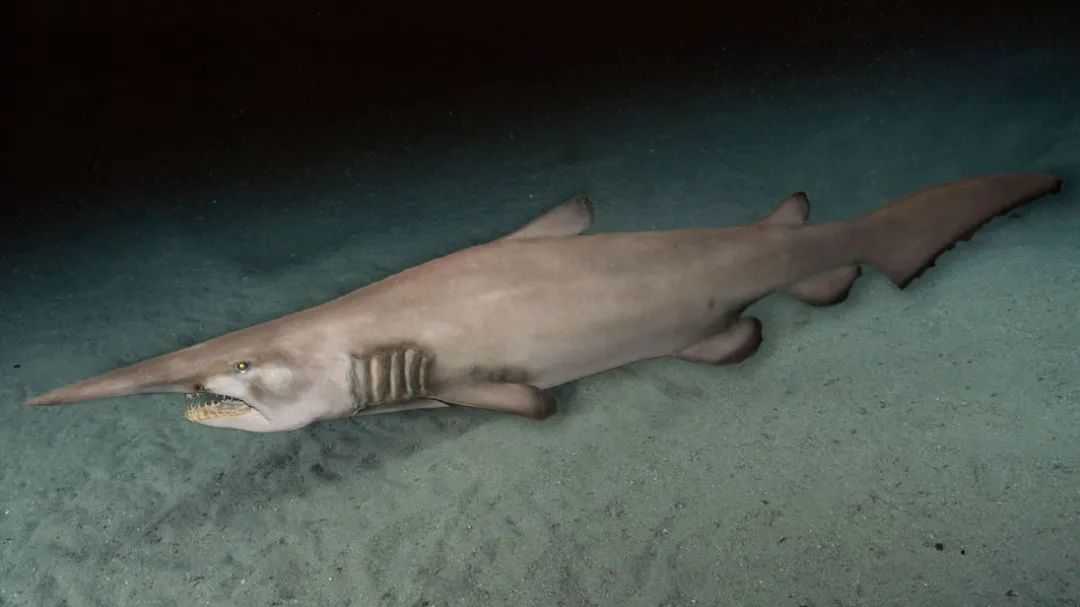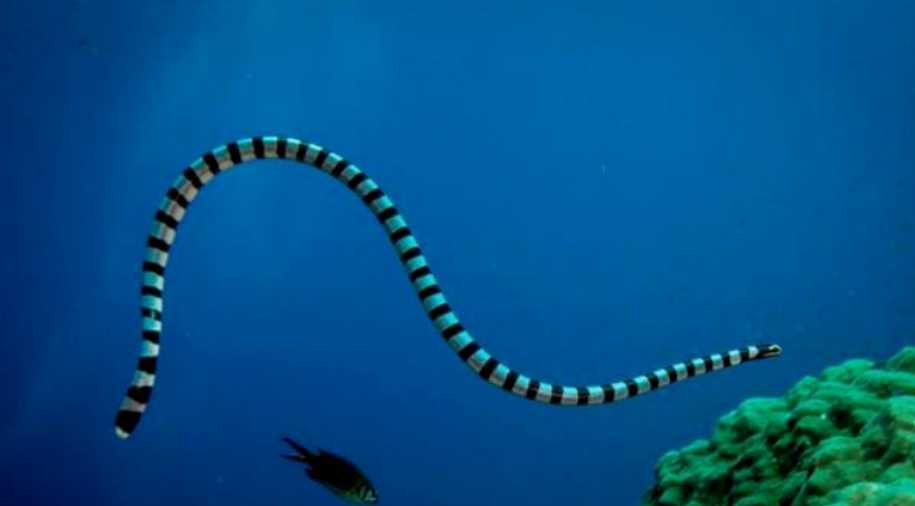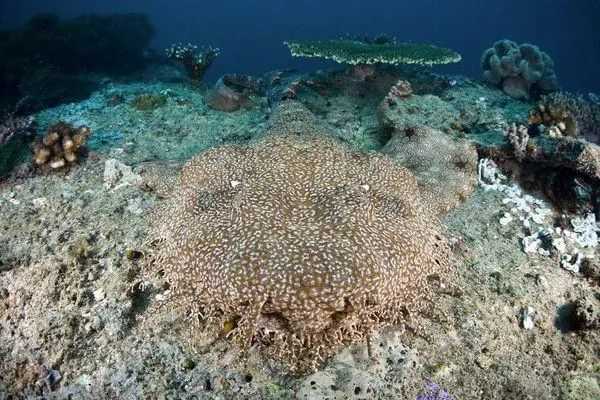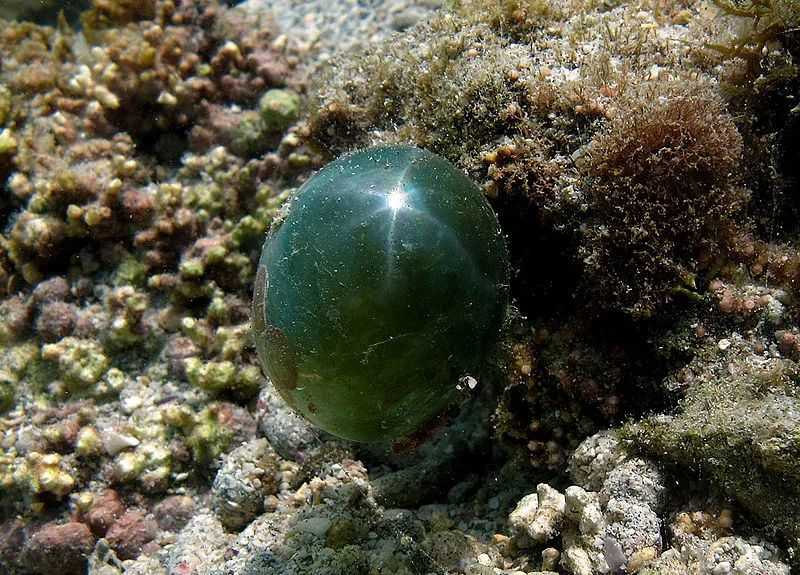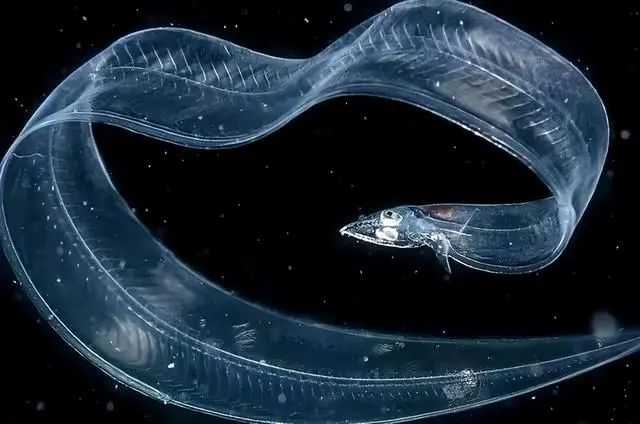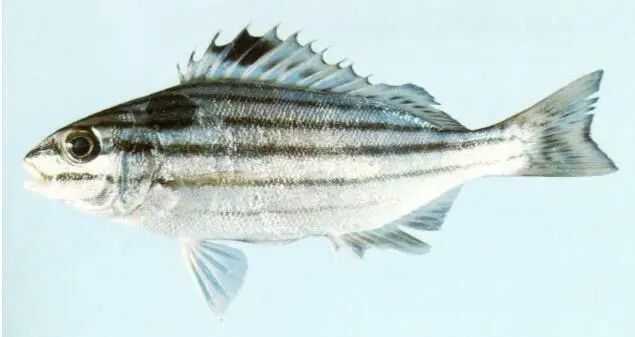Lurking in the ocean's depths, the goblin shark, a large - sized benthic predator, earns its name from its distinctive protruding snout, which resembles a sharpened dagger. Despite its menacing appearance, this shark defies expectations with its flabby muscles and sluggish, almost lethargic swimming style, often seen leisurely drifting through the water.
The Goblin Shark: A Slow - Moving Predator with a Deadly Surprise
Lurking in the ocean's depths, the goblin shark, a large - sized benthic predator, earns its name from its distinctive protruding snout, which resembles a sharpened dagger. Despite its menacing appearance, this shark defies expectations with its flabby muscles and sluggish, almost lethargic swimming style, often seen leisurely drifting through the water.
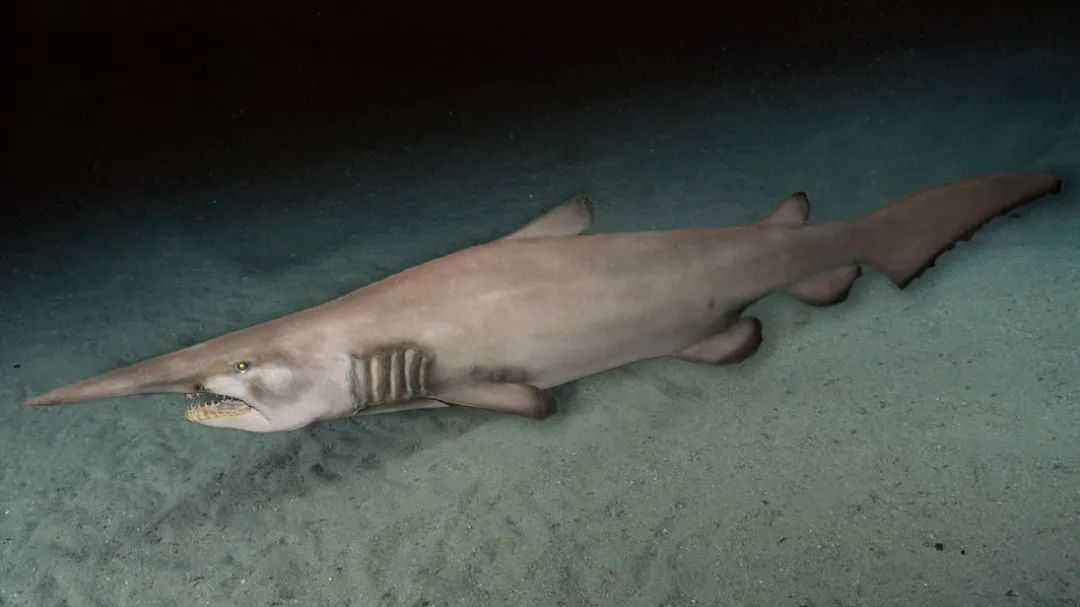
Source: Images from the Internet, if there is any infringement, please contact the removal of
Beneath its unassuming demeanor lies a highly specialized hunting mechanism. The goblin shark's elongated snout houses an array of electroreceptors that detect the faint electrical signals emitted by nearby prey. Once a target is sensed, the shark springs into action with astonishing speed. Its lower jaw rapidly expands, creating a near - vacuum inside its mouth. This sudden pressure change, combined with the force of the surrounding water, sucks in both prey and seawater, ensuring a swift and efficient capture.
The contrast between the goblin shark's relaxed locomotion and its explosive feeding strategy fascinates marine biologists. Its unique hunting adaptation, characterized by the use of suction and electrical detection, showcases nature's ingenuity in equipping predators for survival in the deep - sea environment. As researchers continue to study this elusive species, the goblin shark remains a captivating example of evolution's remarkable solutions for life in the ocean's most challenging habitats.

